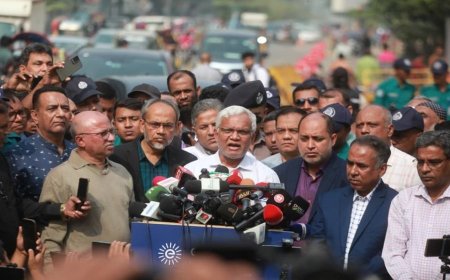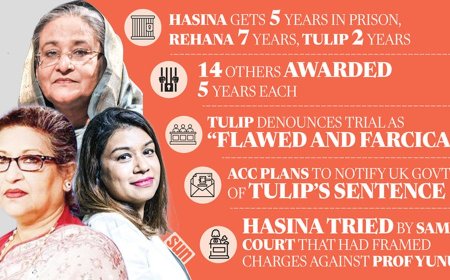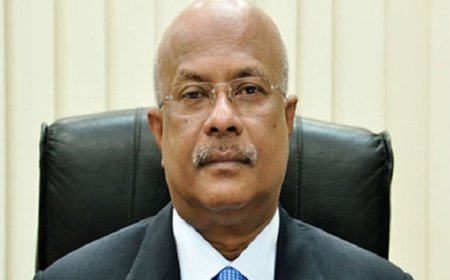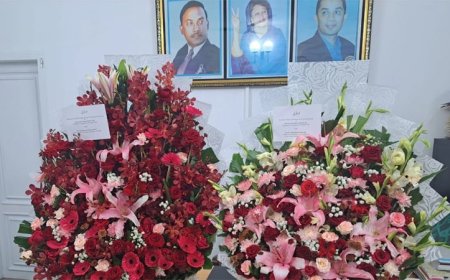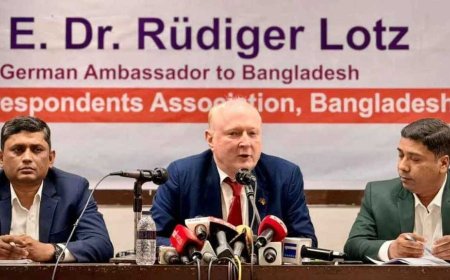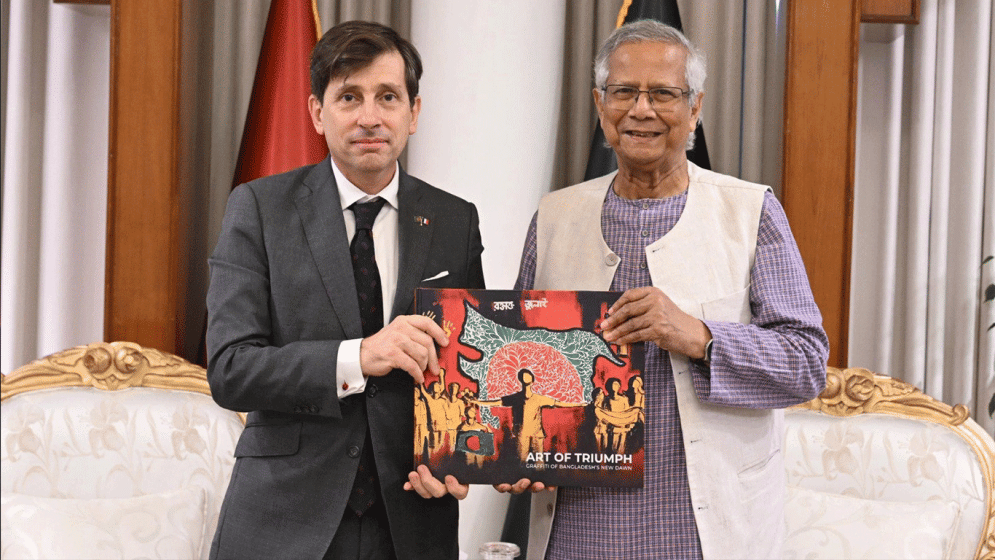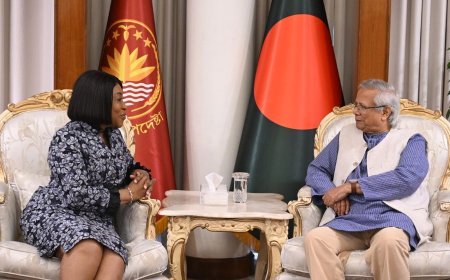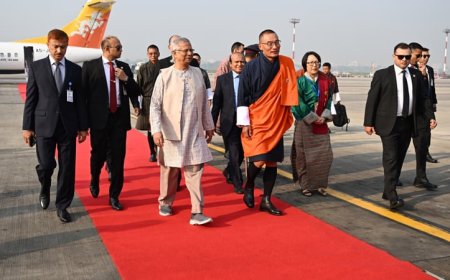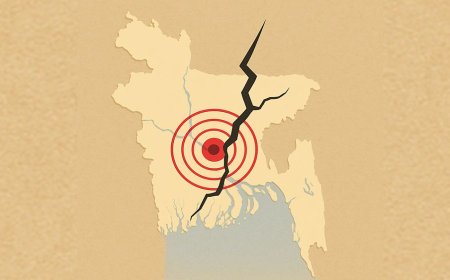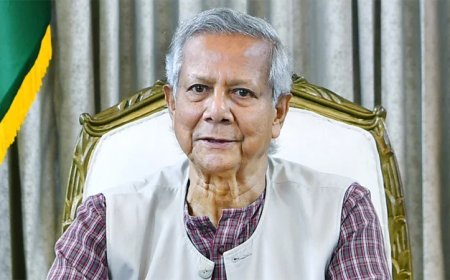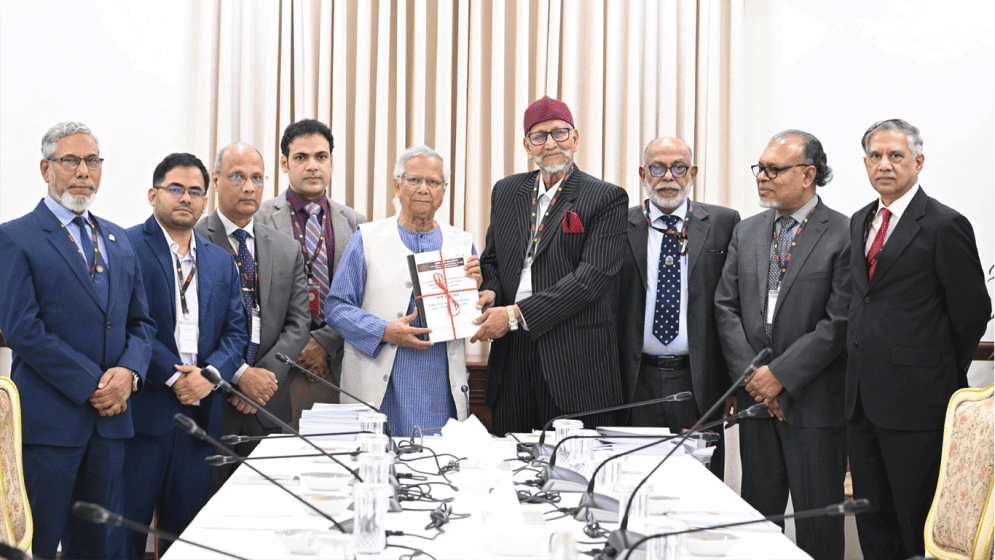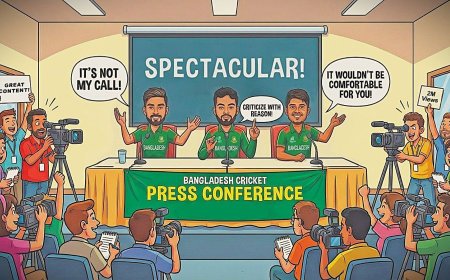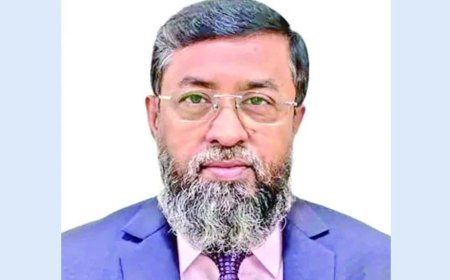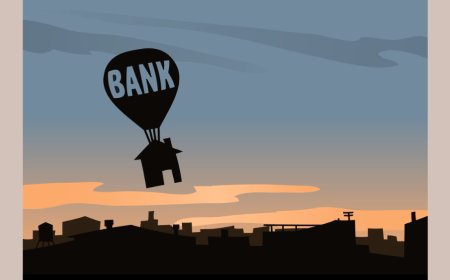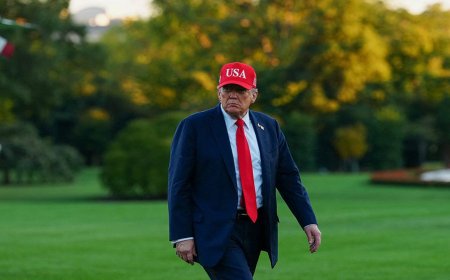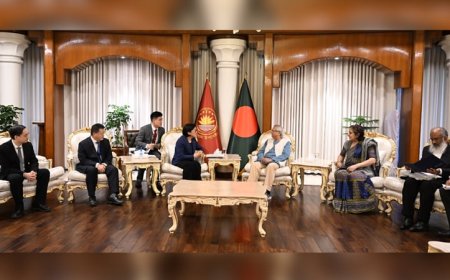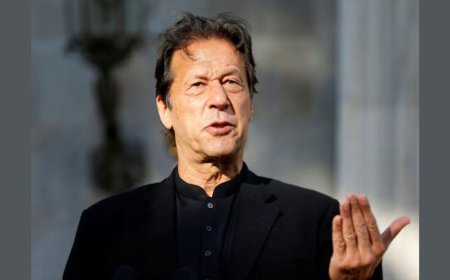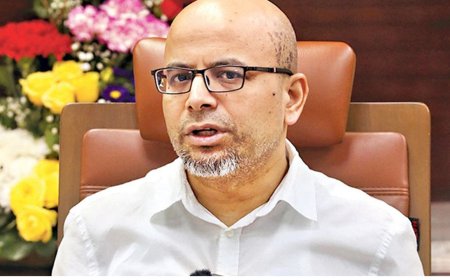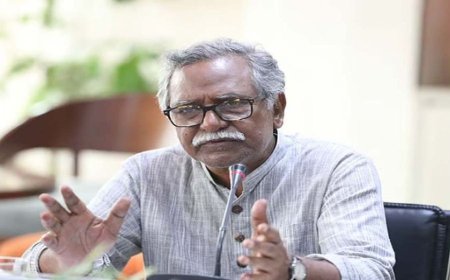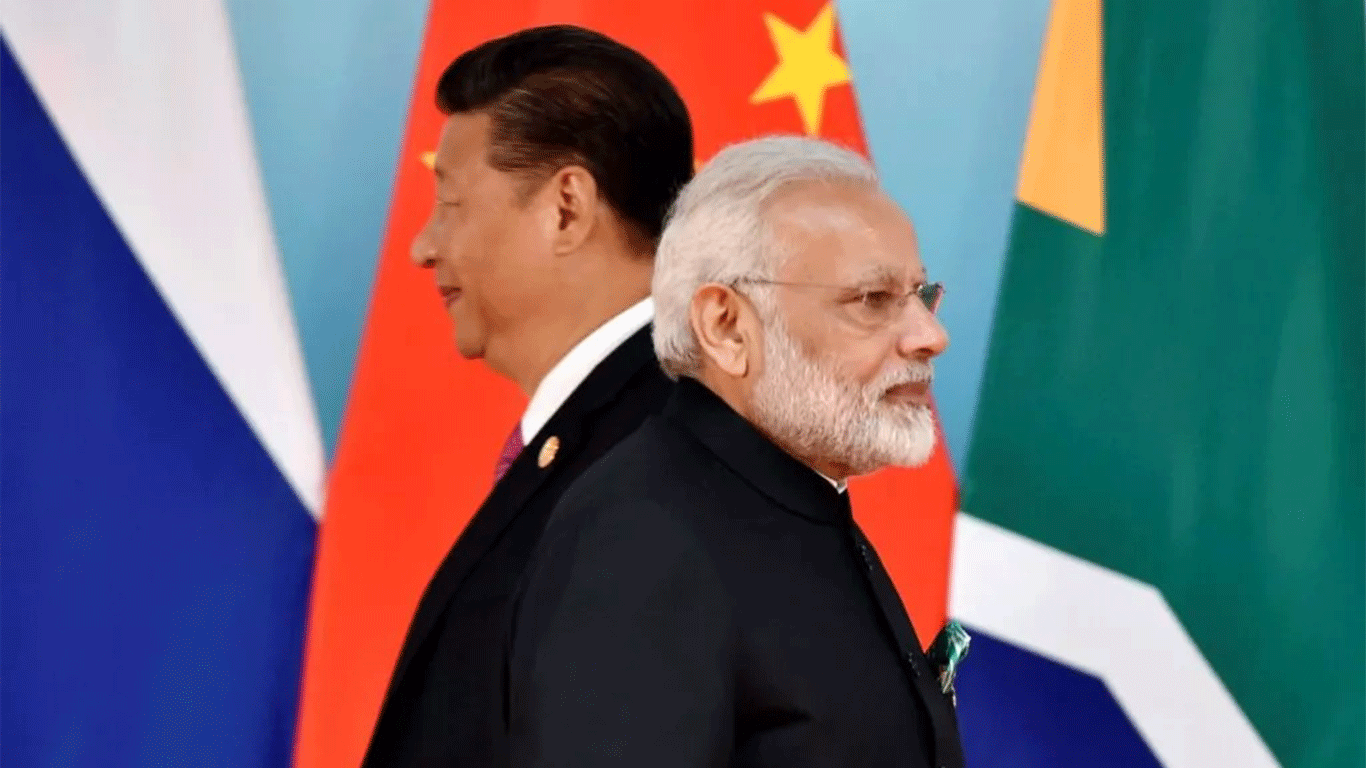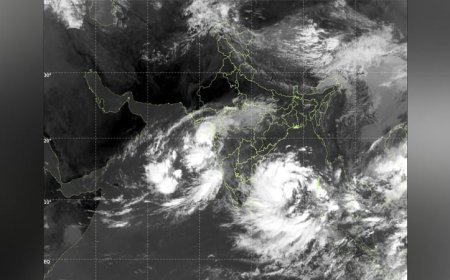The Awami League displays no remorse, relying instead on conspiracy theories
Three months have passed since Sheikh Hasina's government fell, yet there is no indication of any shift in the mindset or behavior of Awami League leaders and activists, nor any hint of remorse.
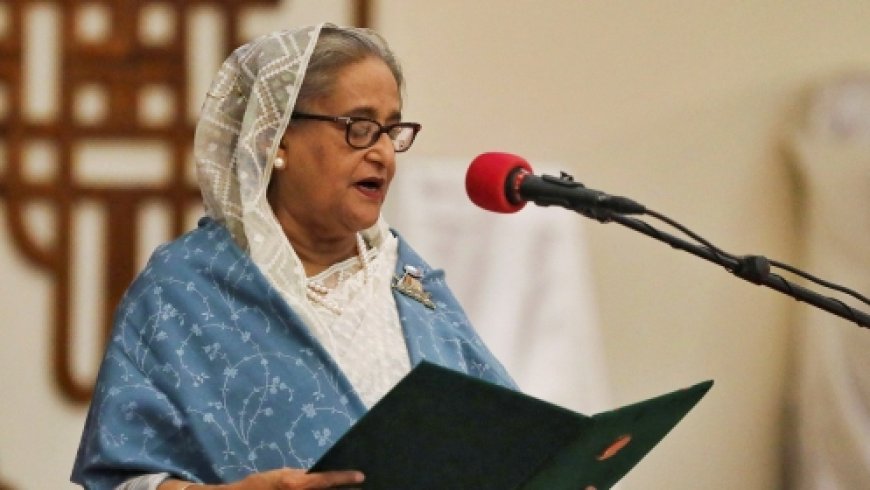
The fall of the Awami League regime this time around carries different consequences. The 75-year-old party, once the leader of the liberation war, now faces accusations of fascist behavior. Party leaders, including top figures, are on trial for alleged mass killings during the student-led uprising, raising questions about the party’s assessment of the current situation and the actions that led to this outcome.
Three months have passed since Sheikh Hasina’s government fell, yet there’s no sign of change in the attitudes or behavior of Awami League leaders and activists. They show no remorse, nor any indication of addressing the trust issues facing their leadership. Instead, the party attributes the uprising and government overthrow to local and international conspiracies. Some leaders who fled abroad have issued audio and video statements on social media, claiming that the Awami League’s downfall was orchestrated by these alleged conspiracies.
In recent weeks, leaked recordings of Sheikh Hasina speaking to grassroots leaders have circulated online, showing little change in her stance; her tone reportedly remains defiant and unyielding. She has privately urged supporters to keep their spirits up, yet signs indicate that the party is significantly weakened. For the first time, the top leadership fled abroad, with Sheikh Hasina herself seeking refuge in India on August 5, ending her 15-and-a-half-year rule without leaving instructions for Awami League leaders and activists. Reports suggest many party members were left in shock and confusion, scrambling to protect themselves. Numerous ministers, lawmakers, and top leaders fled abroad, with some detained while attempting to escape.
Since then, a network has formed among leaders in hiding or those who fled overseas, and their statements now appear on the Awami League’s verified social media accounts. Key reorganization efforts are reportedly being led by former ministers who left the country, with the party still centering on Sheikh Hasina as leader. However, there has been no contact with former general secretary Obaidul Quader, who has been notably absent from any official statements.
Despite the efforts of these exiled leaders, some question whether their reorganization attempts are in touch with the current reality on the ground. Awami League recently attempted to reassert its presence by announcing protests for Shaheed Noor Hossain Day on November 10, calling for the removal of “undemocratic forces” and the “reestablishment of a democratic state.” However, the event faced strong opposition from anti-Awami League factions, student groups, and the government, leading to limited success.
Interviews with party insiders suggest the rallies were a test to gauge public and governmental reaction. The primary goal appears to be regaining media attention and political relevance. Yet, leaders within the country question the practicality of further rallies, concerned that such actions could lead to more legal charges and arrests. Still, they are uncertain how best to reorganize effectively under these constraints.
The recent student-led movement has led to over 800 deaths and more than 21,000 injuries, an unprecedented level of violence in Bangladesh’s history. This has significantly eroded public confidence in the Awami League and its leadership. Critics cite that under Awami League rule, state institutions and electoral processes were politicized and manipulated, with opposition parties and dissenters facing heavy repression. Organizationally, the party became dependent on opportunists and lost its grassroots strength, with some former Chhatra League leaders even aligning themselves with Islamist groups, shocking the party’s traditional leadership.
While many Awami League members now believe that the government’s response to the student movement was misguided, few are certain how or when the party might recover. Nonetheless, the Awami League continues to lean on conspiracy theories to explain its fall, though it is likely that the public will not be swayed by this narrative.
What's Your Reaction?







